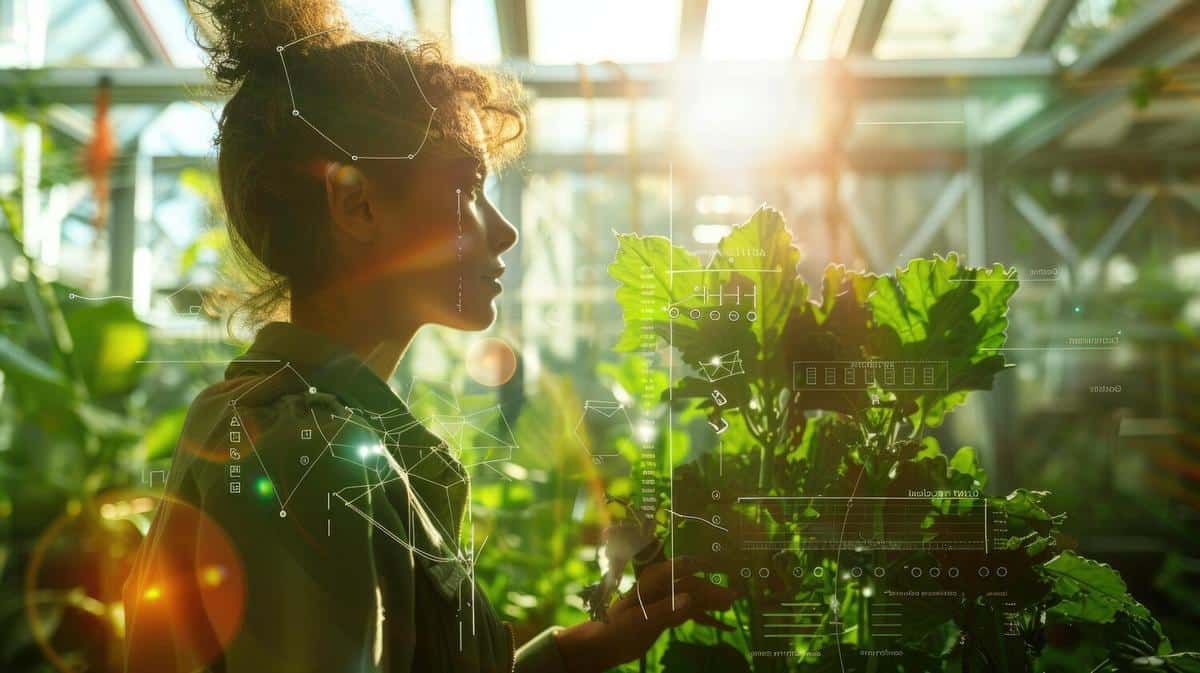
The Role of Biotechnology in Food Production
Biotechnology is transforming the landscape of food production, offering innovative solutions to some of the most pressing challenges faced by the agricultural sector. As the global population continues to soar, the demand for sustainable and efficient food production methods has never been more critical. In this article, we’ll delve into the multifaceted role of biotechnology in modern food production, exploring its benefits, challenges, and future prospects.
The Intersection of Biotechnology and Agriculture
Biotechnology encompasses a range of technologies that manipulate living organisms to develop or improve products, and its integration into agriculture is reshaping how we grow and process food. From genetically modified organisms (GMOs) to advanced plant breeding techniques, biotechnology is enhancing crop yields, improving nutritional content, and reducing the need for chemical inputs.
Expert Insights
Dr. Maria Hernandez, a leading agricultural biotechnologist, emphasizes, “Biotechnology has the potential to revolutionize food systems by making crops more resilient to climate change and pests, ultimately ensuring food security.”
Statistics That Matter
According to the Food and Agriculture Organization (FAO), biotech crops have contributed to a 22% increase in crop yields and a 37% reduction in pesticide use globally. These figures underscore the significant impact of biotechnology on agricultural productivity and environmental sustainability.
Real-World Applications
Consider the example of drought-resistant maize, developed through biotechnology, which has enabled farmers in arid regions to maintain crop yields despite challenging weather conditions. This innovation highlights the practical benefits of biotech interventions in agriculture.
Practical Tips for Farmers
- Stay informed about the latest biotech developments and how they can be applied to your crops.
- Engage with agricultural extension services that offer training and resources on biotechnological advancements.
- Consider collaborating with research institutions to test and adopt new biotech solutions tailored to your specific farming needs.
Benefits and Challenges
| Aspect | Benefits | Challenges |
|---|---|---|
| Crop Yields | Higher productivity | Regulatory hurdles |
| Environmental Impact | Reduced pesticide use | Potential ecological effects |
| Food Security | Enhanced resilience | Public acceptance |
| Nutritional Quality | Improved content | Cost of development |
| Economic Growth | Increased farmer income | Market access |
| Resource Efficiency | Optimized inputs | Infrastructure needs |
| Climate Adaptation | Drought resistance | Gene flow concerns |
| Innovation | New crop varieties | Intellectual property |
Future Prospects
As biotechnology continues to advance, its role in food production is expected to expand even further. Emerging technologies such as CRISPR gene editing hold promise for creating crops with targeted traits, offering precision and efficiency previously unimaginable.
FAQs
What is the most significant advantage of biotech crops?
The most significant advantage is the ability to increase crop yields while reducing environmental impact through decreased pesticide use.
Are there any health risks associated with GMOs?
Numerous studies have shown that GMOs are safe to consume, with no adverse health effects linked to their consumption.
How can biotechnology help in combating climate change?
Biotechnology can develop crops that are more resilient to climate stressors, such as drought and floods, thereby ensuring stable food supplies.
Conclusion
Biotechnology is playing a crucial role in reshaping food production, offering solutions that enhance agricultural productivity and sustainability. By staying informed and embracing these technological advancements, stakeholders in the agricultural sector can contribute to a more secure and sustainable food future. Explore more about the fascinating intersection of technology and food production by visiting Future of Food for additional resources and insights.


